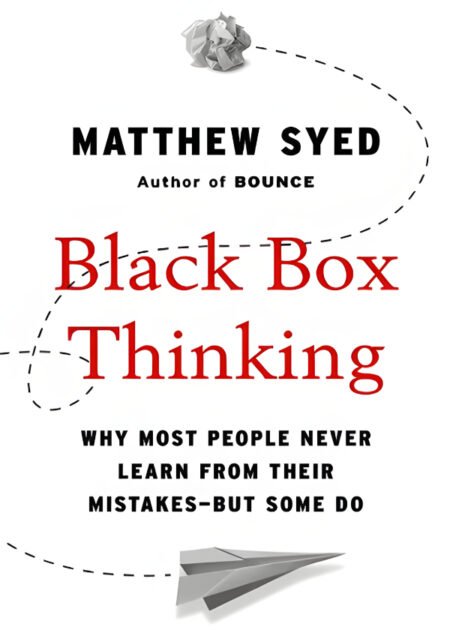Description
Matthew Syed
320 pages
Delivery All Over Pakistan Charges Will Apply.
Title May Be Different.
Due to constant currency fluctuation, prices are subject to change with or without notice.
Cash on Delivery not available for now!
24/7 Whatsapp Support
₨499.00
An eye-opening, Gladwellian look at the power of a positive attitude toward failure and its profound impact on our success in any field.
In the airline industry, failure is taken seriously. Every aircraft is equipped with an almost indestructible black box. When there is an accident, the box is opened, the data is analyzed, and the reason for the accident excavated. This ensures that procedures are adapted so that the same mistake doesn’t happen again. With this method, the industry has created an astonishing safety record.
For pilots working in a safety-critical industry, getting it wrong can have deadly consequences. But most of us have a relationship with failure that impedes progress, halts innovation, and damages our lives. We don’t acknowledge it or learn from it —though we often think we do.
Moving from anthropology to psychology and from history to complexity theory, Matthew Syed explains why even when we think we have 20/20 hindsight, our vision’s still fuzzy. He offers a radical new idea: that the most important determinant of success in any field, whether sports, business, or life, is an acknowledgment of failure and a willingness to engage with it. This is how we learn, progress and excel. This approach explains everything from biological evolution and the efficiency of markets to the success of the Mercedes F1 team and the mindset of David Beckham.
Using a cornucopia of interviews, gripping stories, and sharp-edged science, Syed explores the intimate relationship between failure and success, and shows why we need to transport black box thinking into our own lives. If we wish to unleash our potential, we must diagnose and break free of our failures. Part manifesto for change, part intellectual adventure, this groundbreaking book reveals how to do both.
320 pages
Delivery All Over Pakistan Charges Will Apply.
Title May Be Different.
Due to constant currency fluctuation, prices are subject to change with or without notice.

2 reviews for Black Box Thinking by Matthew Syed
There are no reviews yet.